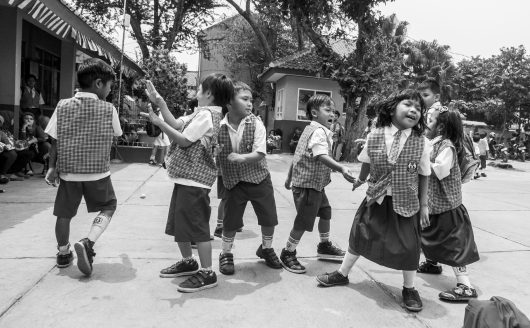
Though no perfect educational system exists, many countries could learn from the following five countries to improve their own education systems, resulting in better math and science skills.
-
- The Netherlands: What makes the Netherlands’ school system work is that it offers different classes for students with different learning interests. Instead of just going straight to college after high school, students can choose to go to a pre-university course. The country also requires students to learn a second language, so that students can prepare to communicate with the outside world. The school system is also not so stressful on children. Unlike countries such as the United States, the Netherlands gives homework sparingly, and the school days are even shorter, with children being able to go home for lunch break and having a half-day on Wednesdays.
- Singapore: Although Singapore’s education has been known to be stressful for students, there are effective methods within this education system. Singapore became an independent country in the 1960s, so the country wanted to prove itself by expanding education. According to the Programme for International Student Assessment scores, Singapore has some of the best results in reading, math and science. Students are given equal opportunity and teachers are from the top five percent of graduates.
- Barbados: Barbados has one of the highest literacy rates in the world, estimated at 98 percent. The country has one of the oldest and most effective education systems in the eastern Caribbean. While providing a good number of schools, Barbados’s government also created the Skills Training Programme to prepare students for careers in mechanics, electronics, plumbing and other technical occupations.
- Luxembourg: Luxembourg has special trilingual education programs that can be beneficial to students who wish to communicate abroad. Almost everyone in Luxembourg is trilingual, with fluency in French, German and Letzeburgesch. Teachers are also paid the highest salaries out of any country.
- Finland: Like the Netherlands, Finland does not give much homework to its students, and along with Singapore and South Korea, has top scores in reading, math and science. However, standardized testing is not too demanding. Students are given more time for a break in between studies, with 15 minutes of play for every 45 minutes of class. Education is also free for everyone, including Bachelor’s, Master’s and Doctorate programs.
– Emma Majewski
Photo: Flickr
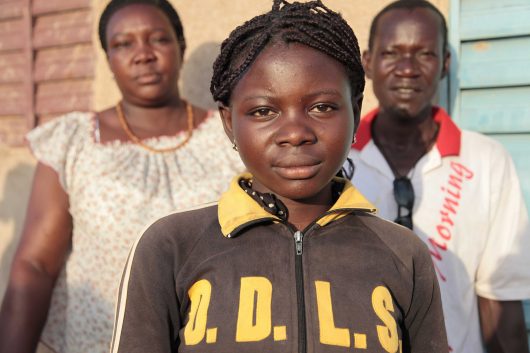

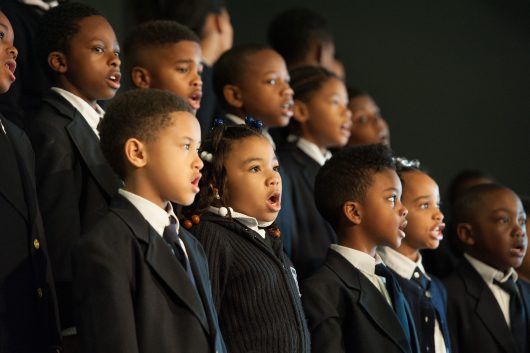
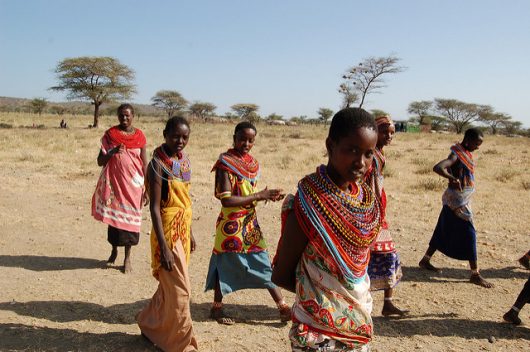
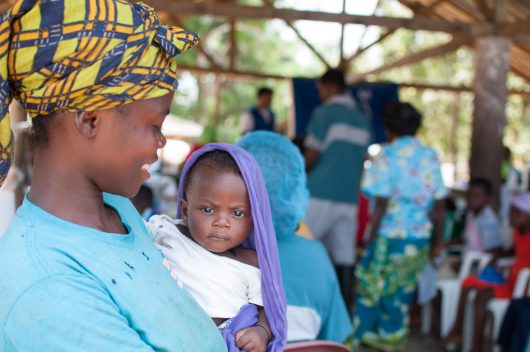
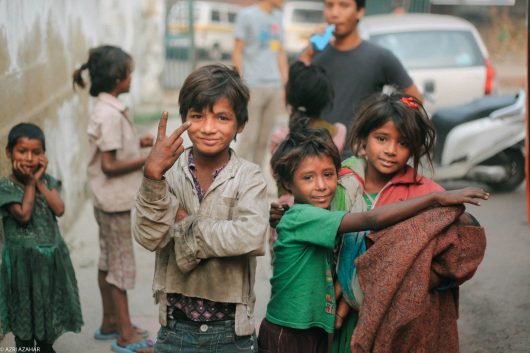

 Twelve-year-old Nigerian girl Tomisin Ogunnubi recently created the My Locator app for Android to help lost children find their way home.
Twelve-year-old Nigerian girl Tomisin Ogunnubi recently created the My Locator app for Android to help lost children find their way home.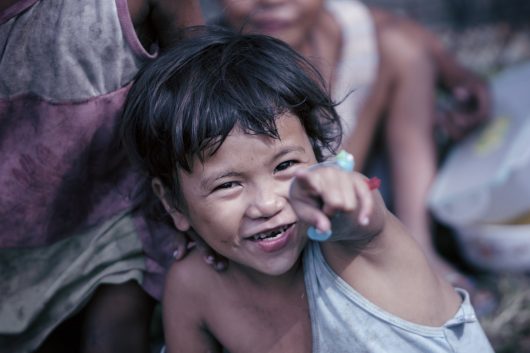 Tuberculosis is the leading infectious cause of death worldwide. However, the full extent of childhood tuberculosis is poorly understood. According to 2015 World Health Organization estimates, TB infected more than one million children and killed more than 200,000. Given the difficulty of diagnosis in children, the true burden of this disease is likely even greater than reported.
Tuberculosis is the leading infectious cause of death worldwide. However, the full extent of childhood tuberculosis is poorly understood. According to 2015 World Health Organization estimates, TB infected more than one million children and killed more than 200,000. Given the difficulty of diagnosis in children, the true burden of this disease is likely even greater than reported.